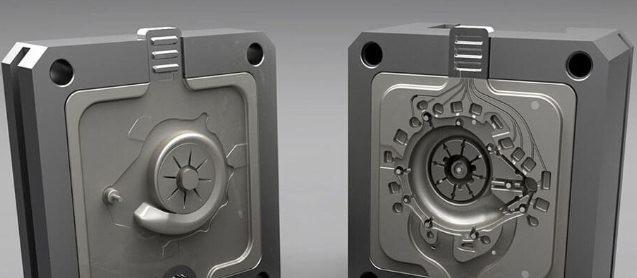Urethane casting and injection molding are two popular manufacturing methods, but each has its strengths depending on the application. This article breaks down the key differences to help you determine the best process.
Urethane Casting Process
Urethane casting involves pouring liquid resin into a soft silicone mold and curing it, typically in an oven. Silicone molds are made from an exact 3D printed or CNC-milled master model. Curing times range from 30 minutes to hours depending on the resin. Output is limited to 1-10 parts per mold daily due to the manual nature. Resins provide properties like abrasion resistance.
Urethane casting excels for low volumes up to a few hundred parts. It's affordable for prototyping before higher production needs. Molds take 1-4 weeks to produce but parts are then relatively quick. Tolerances of +/- 0.015" are typical.
Injection Molding Process
Injection molding presses molten plastic into precise metal molds under high pressure. Molds, CNC machined for complex geometries, can produce hundreds or thousands of parts per day in short automated cycles. Tolerances of +/- 0.005" are achievable.
A wide variety of plastics and even some metals can be molded. Molds take months to fabricate but then enable mass production. Injection molding is preferred for medium to high volumes over 1,000 units. Upfront mold costs are high but per-part pricing falls rapidly with production size.
Comparing the Processes
Consider your part quantity, timing needs, tolerances, and budget to determine the best fit. Urethane casting accommodates low volumes and fast prototyping, while injection molding delivers high throughput at lower per-unit costs. Material selection also differs between the two methods. Overall urethane casting streamlines quantities under 500, whereas injection molding truly shines for productions runs beginning at 1,000 units or more. Factors like these will guide your manufacturing choice.
Junying provides comprehensive die casting services from its factory located in Dongguan, China. As visitors to our website diecasting-mould.com will see, we have extensive capabilities in aluminum and zinc die casting production using cold chamber and high-pressure die casting techniques. Our engineers can design molds and we have metal casting machines ranging from 50-300 tons to produce parts ranging from small intricate components to larger assemblies. Some key aspects of our die casting services include tight dimensional tolerances of +/-0.005mm, smooth surface finishes, and expertise in casting complex geometries. We maintain strict quality control throughout the casting process to ensure parts meet customers' specifications. With over a decade of experience, Junying offers proven die casting services and support to companies in various industries around the world.
